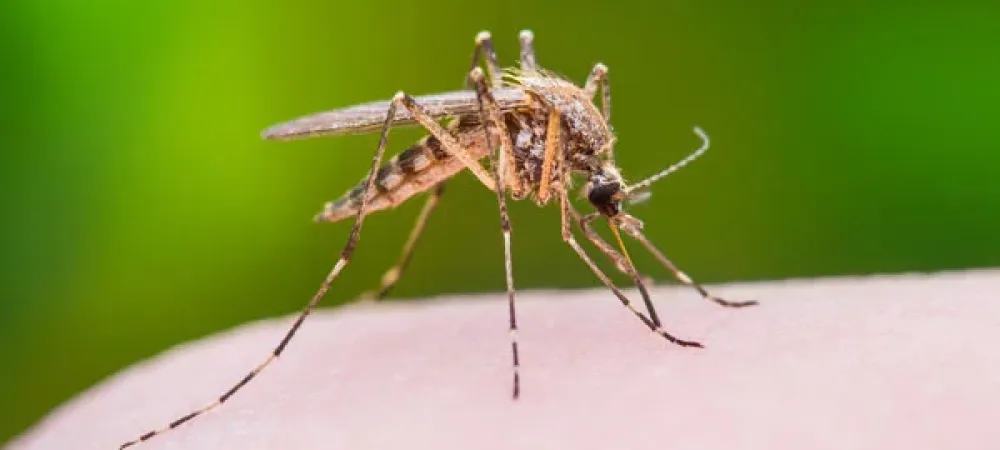How to Control Mosquitoes & Ticks in Late Summer

Late summer in North Carolina can be brutal—not just because of the heat, but because of the surge in mosquito and tick activity. These pests are more than just a nuisance. Mosquitoes can spread West Nile Virus and Eastern Equine Encephalitis, while ticks are carriers of Lyme disease and Rocky Mountain spotted fever. Protecting your family and pets requires a mix of prevention, DIY strategies, and sometimes professional treatments.
Why Late Summer Is Prime Season
North Carolina’s climate creates the perfect storm for mosquitoes and ticks in August and September:
- Mosquitoes: Warm, humid air accelerates breeding cycles, especially around standing water.
- Ticks: Thrive in overgrown grass, shaded spots, and wooded edges where people and pets walk.
This combination makes late summer the riskiest time of year for bites and infestations.
Identifying Mosquito & Tick Hotspots in Your Yard
A proactive approach starts with finding the areas where these pests hide and breed:
Mosquito breeding zones
- Clogged gutters
- Birdbaths and water fountains
- Plant saucers and buckets
- Children’s toys or tarps that collect rain
Tick habitats
- Tall, unmown grass
- Leaf litter and brush piles
- Wooded property edges
- Shady areas where pets lounge
Walking your yard weekly to check these areas helps you catch problems early.
Yard Maintenance for Pest Prevention
Basic yard care makes a huge difference in pest activity:
- Mow grass regularly and trim back tall weeds.
- Remove leaf litter, sticks, and yard debris.
- Clear gutters so rainwater doesn’t pool.
- Drain or refresh standing water sources every few days.
These steps not only reduce pests but also create a cleaner, healthier lawn overall.
DIY Prevention Methods
Homeowners can take several steps on their own to cut down mosquito and tick exposure:
- Repellents:
- Use EPA-approved repellents (like DEET or picaridin) for people.
- Apply vet-approved tick and mosquito repellents for pets.
- Barriers & traps:
- Use citronella torches or mosquito traps in outdoor living spaces (helpful but not foolproof).
- Lay down mulch or gravel barriers between your lawn and wooded areas to discourage ticks.
- Protective practices:
- Wear long sleeves and pants when hiking or gardening.
- Do daily tick checks on children and pets.
Professional Treatment Options
Sometimes, DIY isn’t enough—especially if your yard is near woods, creeks, or wetlands. Professional pest control services offer targeted solutions:
- Mosquito barrier sprays: Applied around patios, play areas, and property borders to reduce populations for weeks at a time.
- Tick lawn treatments: Focused on shady and wooded zones where ticks thrive.
- Seasonal programs: Provide recurring treatments throughout late summer and fall for consistent protection.
Professional services ensure both immediate relief and longer-lasting results compared to DIY.
Pet Safety Measures
Dogs and cats are especially vulnerable to tick-borne illnesses. Protect them with a combination of yard care and vet-approved treatments:
- Perform daily tick checks, especially around ears, paws, and under collars.
- Talk to your vet about monthly flea and tick preventatives (topical, chewable, or collar-based).
- Keep pet play areas trimmed and free of brush.
Final Thoughts
Don’t let late-summer pests keep your family indoors. With smart prevention strategies, yard maintenance, and professional treatments, you can enjoy your outdoor spaces without worry.
Ready for lasting protection from these annoying insects? Explore our mosquito control and flea & tick control services.
